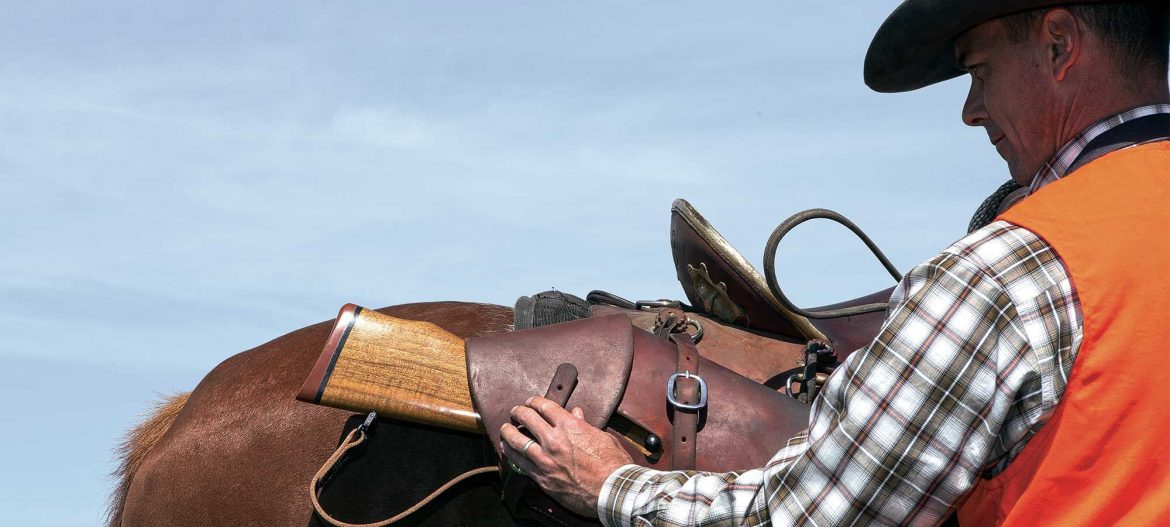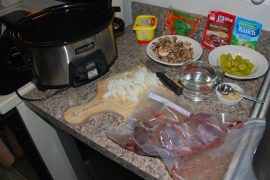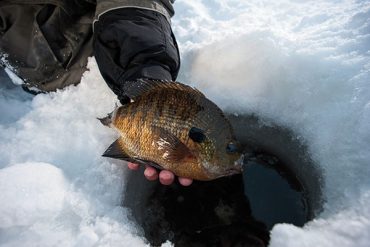
On a familiar trail through burned deadfall to my lookout, where I’d tie my horse and break out the binoculars, the elk were there, 40 yards in front of me, stretched with necks craned to get a better view. Antlers were irrelevant—this was my last weekend of an either-sex hunt, and the freezer was bare.
I piled off my excited gelding, fumbled for a tie-up tree that wouldn’t snap should he pull back, and yanked at a bolt-action rifle jammed into the saddle scabbard. I was quick, but not quick enough. The elk melted into the green timber below.
Western hunts have involved rifles on horseback since Lewis and Clark balanced unwieldy muzzleloaders across the pommels of their saddles. Later, cowboys slipped lever-actions designed for horseback use into slim scabbards that rode unobtrusively under the stirrup leathers or vertically in front of the saddle horn. Now we’ve returned to the unwieldy stage—horseback hunting seems far removed from the minds of those who design firearms and their accessories.
Oversize scopes with extra protruding knobs, bipods, and long barrels are not horse-friendly. Heft, too, is undesirable, in spite of the strength of your equine friend. On a rotund, low-withered horse, you’ll continually stand in the stirrup opposite the rifle scabbard to bring your saddle onto an even keel.
Padded, fully enclosed synthetic scabbards, such as the TrailMax, can accommodate bulky long-barreled rifles. My son bungee-cords a quick-attach bipod to the outside of his scabbard and can bring it into action quickly. (A herd of elk on the far hillside is a powerful motivator.) Still, the added bulk of such a scabbard isn’t without cost—you’ll feel the lump under your stirrup leather, and an aching knee might spoil the campfire that evening.
Jack O’Connor wrote that horseback hunters would go…





